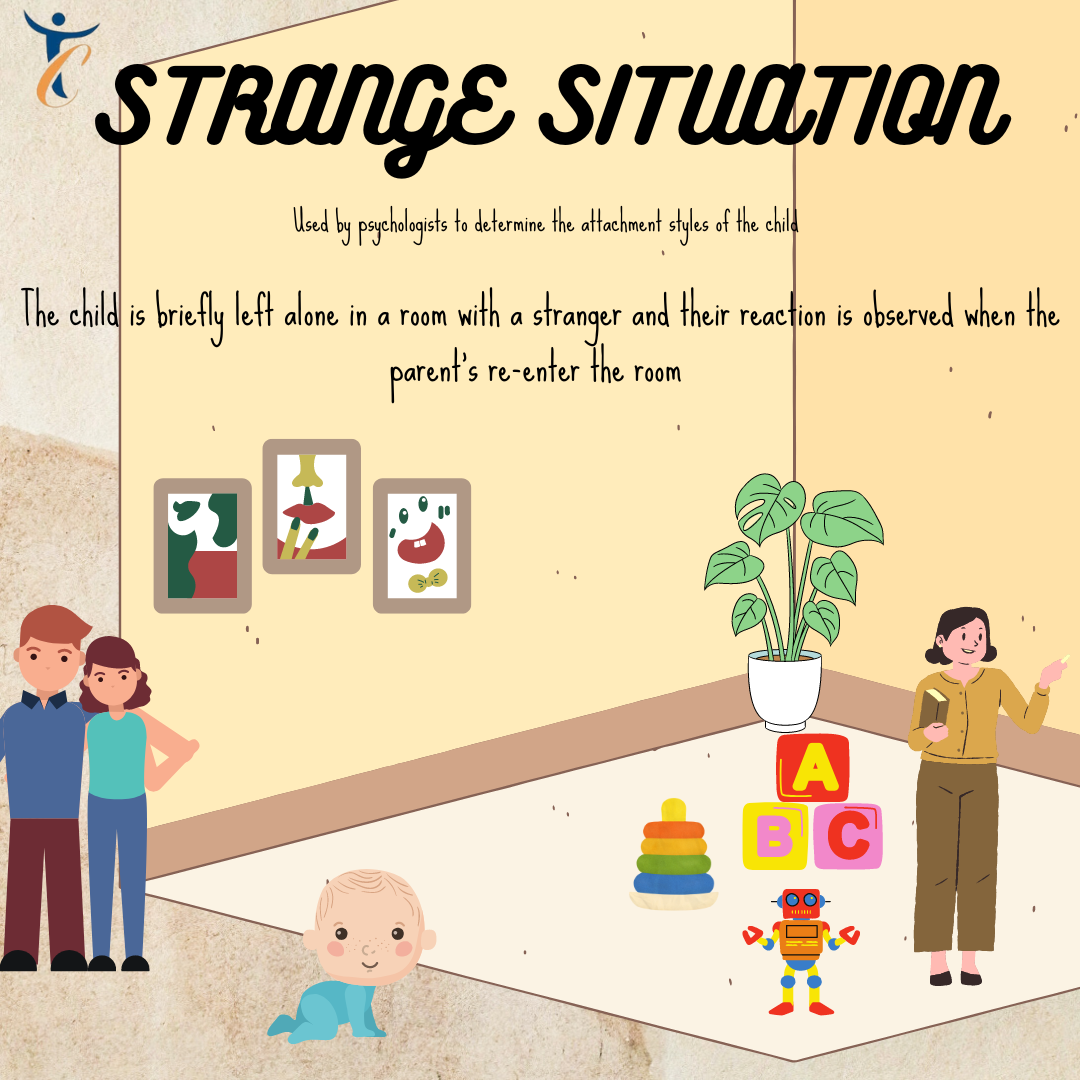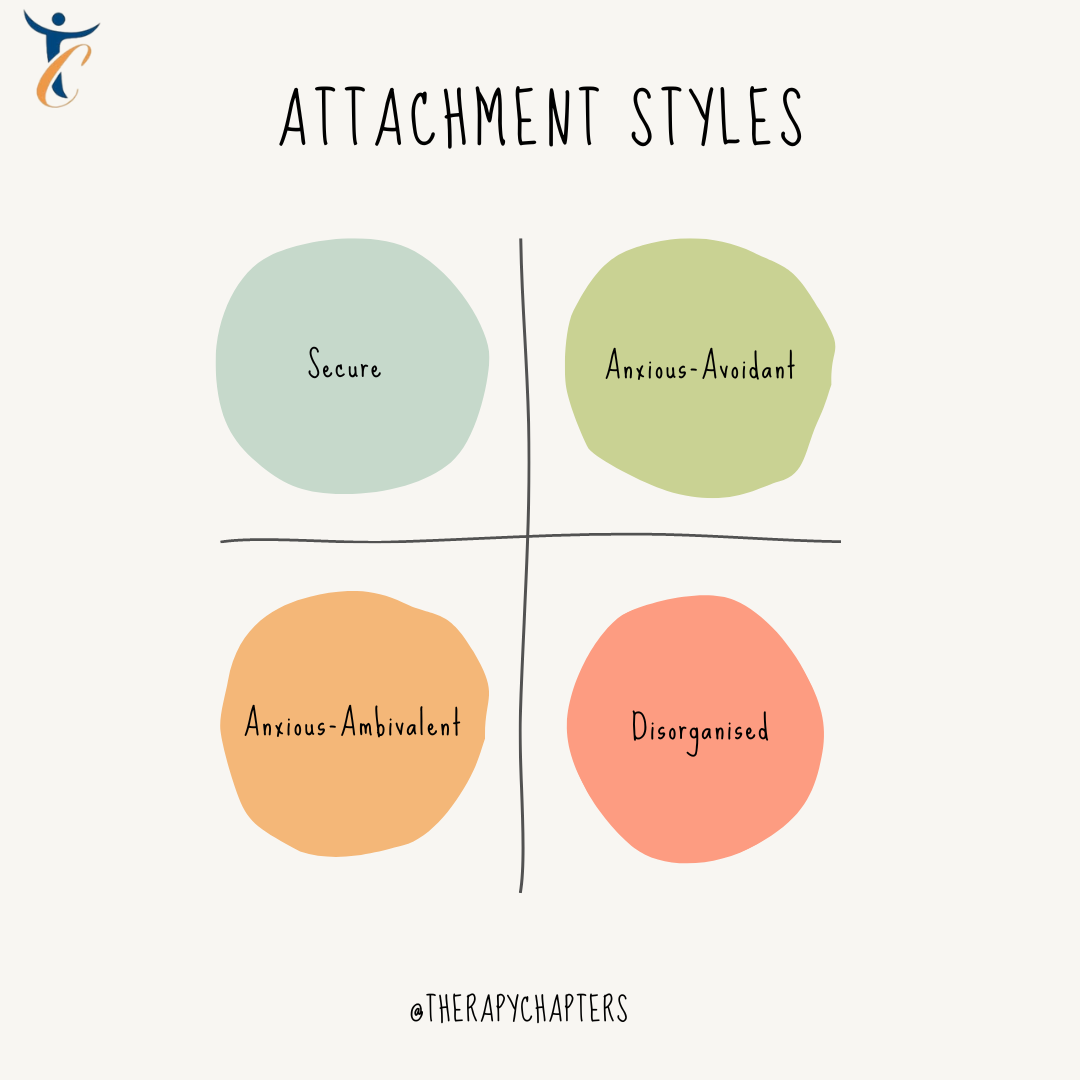Attachment styles refer to the patterns of emotional and behavioral responses that develop between an infant and their primary caregiver. This early attachment is characterized by a sense of security, protection, and safety provided by the caregiver during the child’s early developmental years. It is important to distinguish attachment from other aspects of the parent-child relationship, such as discipline, entertainment, and teaching. Attachment primarily serves as a safety net for the child, allowing them to use the caregiver as a secure base from which they can explore their surroundings and seek comfort and safety when faced with fear or distressing situations.
Attachment should not be confused with bonding, which refers to the initial emotional connection between the parent and child. While bonding does not predict child development, attachment is a strong predictor of the child’s social and emotional development, with implications for their adult life and future relationships.
The type of attachment formed is determined by the caregiver’s response when the child’s sense of security is disrupted, usually around 6 months of age. There are four main attachment styles that an infant may develop based on the quality of caregiving:
1. Secure Attachment:
This style develops when a parent consistently responds to the infant’s distress in a sensitive and caring manner. The child feels secure knowing they can express negative emotions and receive comfort and safety from the caregiver. They seek proximity and rely on the caregiver as a source of support until they feel relaxed again. Their attachment style is organized, as they know how to seek comfort in the arms of the caregiver when faced with adversity.
2. Anxious-Avoidant Attachment:
When a caregiver responds to the infant in a rejecting and insensitive manner, the child may develop an anxious-avoidant attachment style. This includes behaviors like ignoring, ridiculing, or becoming annoyed when the infant displays negative emotions. As a result, the child learns to avoid the caregiver when experiencing fear or distress. This attachment style is also organized, as the child knows to stay away from the caregiver when distressed.
3. Anxious-Ambivalent Attachment:
This style is characterized by the caregiver’s inconsistent response to the child’s distress or their preoccupation with their own feelings instead of focusing on the child’s needs. The parent may amplify the infant’s distress or respond in unpredictable ways. In an attempt to gain attention, the child may exaggerate their negative emotions. This attachment style is organized, as the child develops strategies to deal with the caregiver’s inconsistent response.
4. Disorganized Attachment:
Disorganized attachment arises from atypical and distorted parenting behaviors, which may include frightening or sexualized behaviors by the parent. These behaviors are not limited to times of the child’s distress.
It’s important to note that attachment styles formed in childhood may change over time due to various factors and life events. Temperament also plays a role in the development of attachment styles. The perception of one’s relationship with parents and the parents’ relationship with each other is a significant predictor of attachment styles in adulthood.
Although childhood attachment styles do not directly translate to adult attachments, they do have a significant impact on adult relationships. Securely attached individuals tend to have trusting, long-lasting relationships, good self-esteem, and are comfortable expressing their thoughts and feelings. In contrast, individuals with an ambivalent attachment style may struggle with emotional closeness, have difficulty opening up, and worry that their partners do not reciprocate their feelings. They may exhibit clingy and demanding behaviors and experience distress when relationships end. Those with an avoidant attachment style have issues with intimacy and closeness, invest less in relationships, prefer casual relationships, and experience little distress when relationships end.
Strange Situation

The Strange Situation is a widely used laboratory procedure developed by Mary Ainsworth to assess and classify a child’s attachment style. It involves a series of controlled separations and reunions between the child and their caregiver in a structured setting. The procedure consists of eight episodes, each designed to evoke specific behavioral responses from the child. These episodes include the caregiver and child entering an unfamiliar room, the caregiver leaving the child alone, a stranger entering the room, and various reunion scenarios. Through careful observation of the child’s behavior during these episodes, researchers can classify the child’s attachment style as secure, anxious-avoidant, anxious-ambivalent, or disorganized. The Strange Situation provides valuable insights into the quality of the parent-child relationship and the child’s ability to seek comfort and security from their caregiver in stressful situations.
In summary, attachment styles formed in early childhood serve as a foundation for later relationships and have a significant impact on social and emotional development in adulthood.

